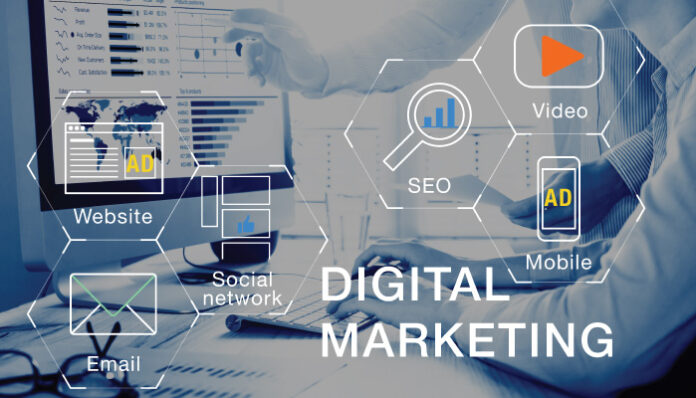Healthcare marketers to need to consistently innovate and produce creative solutions both more rapidly and more thoroughly than their competitors in other industries.
Healthcare B2B marketers face significant challenges that professionals in other sectors simply aren’t capable of understanding. This is because they have an extensive regulatory puzzle to cross and a myriad of highly technical client expectations to meet.
The Global Market Insights research predicted that by 2027, the worldwide Healthcare Information Technology (HIT) market will grow by over 17.4%.
The health tech industry is presented with an amazing opportunity, but it can be challenging for B2B healthcare marketers to stand out in such a crowded market and gain traction. Many healthcare marketers are on edge as the pace of progress quickens and question if their strategies will still apply in a constantly changing healthcare environment. Others haven’t yet evaluated how their marketing initiatives stack up against all these changes.
Market Timeliness and Magnitude
It might challenge B2B healthcare marketers to acquire a precise estimate of the total addressable market (TAM). A provider’s propensity to purchase may change because not all institutions are privately held and government healthcare funding might vary considerably. In addition, the IT solutions that are adding new services to this industry, are driving new healthcare delivery excellence hallmarks on a daily basis. Not to mention the healthcare technologies that are adding innovations in devices, diagnostics, and pharma discoveries on a very regular basis as well. The problem also stems from the fact that these discoveries cannot be made public without certain regulations. This makes the job of marketers even more difficult, their messaging has to be great but the information going out needs to be guarded!
Also Read: 2019 – The Time to Take Healthcare Marketing Beyond Emails
Expanded Sales Cycles
B2B sales are seldom prompt, but in the healthcare industry, they are notable for being terribly challenging, usually taking at least 12 months and frequently exceeding the 18-month benchmark. This extended sales cycle is not at all surprising given that the choices made can literally mean the difference between life and death. To move prospects through the sales funnel, therefore, requires more time and effort on the part of the sales and marketing teams, which poses problems.
Distinct Stakeholders
There are a number of stakeholders in every business who take part in the sales process, but maybe none are as diverse as those in healthcare. To convince health professionals that a solution is the greatest fit for their company, the organization must be aware of the particular requirements of each stakeholder even though businesses are selling to them. Everyone may be involved in this, from procurement managers to personnel of the C-Suite to clinical end users. In order to satisfy the needs of all the stakeholders, this obviously presents a hurdle when it comes to creating pertinent sales and marketing communications. Since every member must agree before a purchase is made, this can complicate the buying process.
Also Read: Healthcare advertising growth lowers to less than 4%
Traditional sales methods are losing ground
Trade exhibitions, conferences, and in-person meetings were important components of the healthcare technology sales process in the pre-pandemic era. However, the B2B marketing process now includes a comparatively higher amount of digital activity as a result of COVID-19. Although this is the case, it is still possible to add a personalized experience to selling, and HIT businesses should do so since buyers are 48% more inclined to select vendors who customize marketing to satisfy certain needs. Healthcare organizations often conform to various budget cycles, sometimes even on a natural cause that creates an emergency market for a particular type of healthcare services or devices- and this could disrupt and frequently redefine financial year intervals. The panic for oxygen, concentrators and some drugs that were used for Covid- is a great example. It is always changing to cater to markets that are temperamental, and 2022 could turn out to be just one of those.
For more such updates follow us on Google News TalkCMO News.







